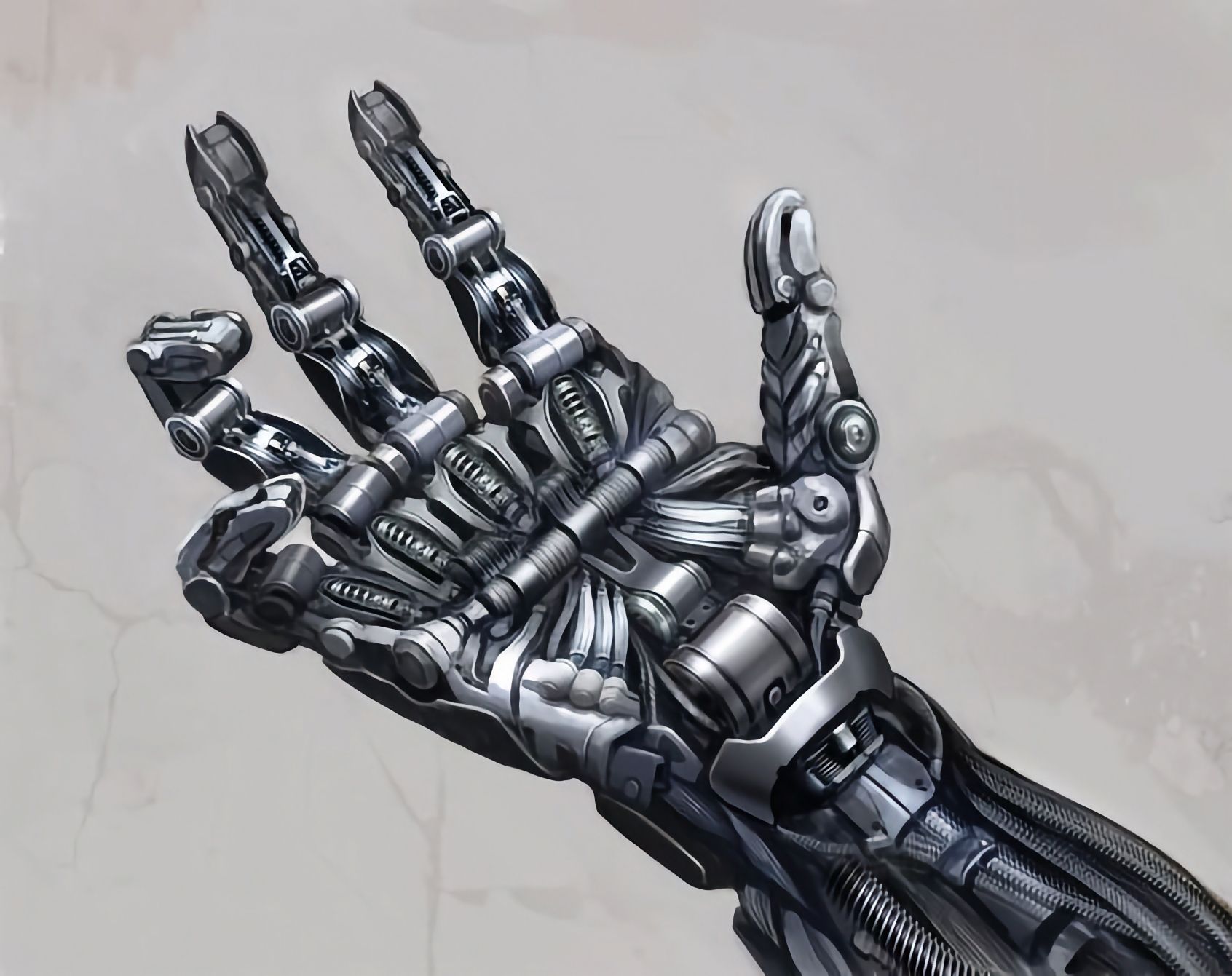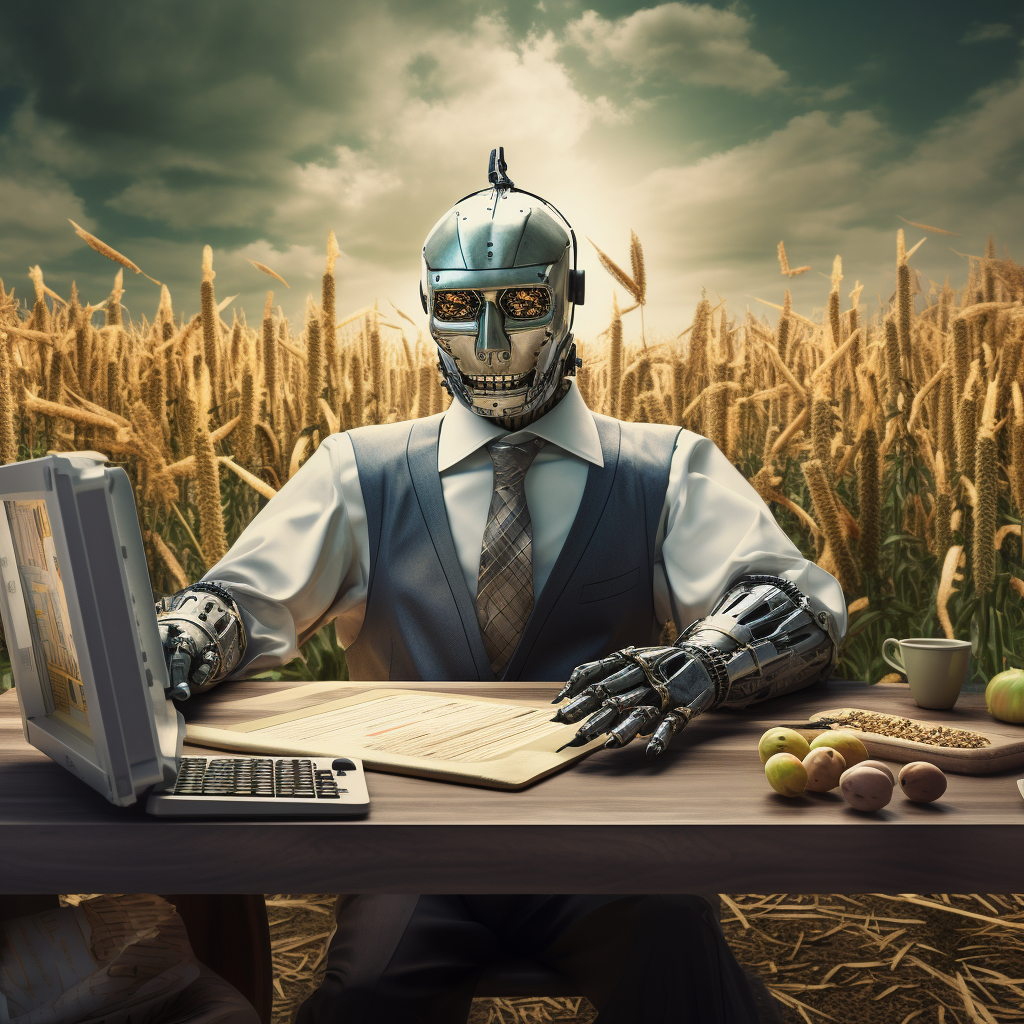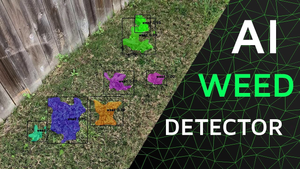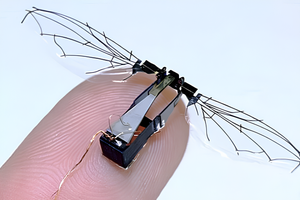The world of agriculture is on the brink of a revolution, with robotic crop harvesting at its forefront. This technology, which once seemed like a distant dream, is now becoming a reality, promising to transform the way we grow and harvest our food.

A recent study published in Nature [1] highlights the development of a robotic raspberry harvester, a significant stride in the field of robotic crop harvesting. The researchers designed a soft sensorized physical twin of a raspberry plant to collect force data on fruit picking, training a robotic harvester. The early field demonstrations showed promise in rapid training of a robot for the delicate task of soft fruit picking. Humans have the ability of detecting "how it feels like" at the touch and, therefore, adjust the pressure on the fingers and judge (some may less accurately) how much to pull in order to remove the fruit. Robots aren't born (yet) with either the knowledge of that process or the electro-mechanics to deal with this sequence of pressure-pull.

The Need for Robotic Harvesting
Several factors drive the need for robotic harvesting. The global population is growing, and the demand for food is growing. However, the agricultural workforce is shrinking, exacerbated by events like the COVID-19 pandemic and Brexit.

Robotic harvesters could have a multi-faceted impact on agriculture, including reducing waste, improving produce quality, more stable food security, and a reduced environmental impact.
The Challenges and Solutions
Developing agricultural robots is not without its challenges. The environmental conditions linked to agricultural settings pose large challenges. Outdoor environments can be variable, uncertain, and harsh. This is coupled with every crop, breed, and specific instance also being subject to variability.
The researchers propose a methodology to accelerate harvesting research by fundamentally changing the means by which harvesting robots are designed, optimized, and evaluated. They developed a sensorized physical twin of a raspberry plant, enabling them to measure the forces applied to the fruit when harvesting.

The "pretend" raspberry allows to provide information back to the robot picking that produces the information that a human neurological system computes in a matter of milliseconds.
If you are not in the business of eating Omega and Gamma symbols for breakfast, the image below shows the signal processing that occurs when the robot clip the raspberry and how the claw pressure is adjusted accordingly. Naturally, some fruits are softer than others, depending on their riping stage. And those signals don't really produce that information. What they do they generate the baseline for the floor and ceiling of how much is too much and vice-versa.

What's Signal Processing
If I had to explain to my 10 years old, I would putit like this: Say you're playing with a toy radio-controlled car. You have a remote control in your hands, and when you press the buttons, the car moves. But have you ever wondered how that works?
Well, the remote control sends signals, or special messages, to the car through the air. This is a bit like how you might wave to a friend across the playground to tell them to come over. The car has something inside it that can understand these signals and knows what to do when it receives them. This is a bit like how your friend knows that when you wave, they should come over to you.
But sometimes, the signals can get messed up. Maybe you press the button to go forward, but the car turns instead. This could be because something else in the area is sending signals too, and they're getting mixed up with the ones from your remote control. Or maybe the batteries in your remote control are running low, so the signals it sends aren't as strong as they should be.
Signal processing is like being a super detective that figures out how to make the signals clearer and better, so the toy car understands exactly what it should do. It can help get rid of any extra signals that are causing problems, or make weak signals stronger. So, with good signal processing, your toy car will always know exactly what you want it to do!
And that's what signal processing is all about, but it's not just for toy cars. It's used in lots of things, like radios, televisions, mobile phones, and even in science for things like taking pictures of stars or looking inside the human body!
The Future of Agriculture
The future of agriculture lies in the hands of technology. As we continue to innovate and develop new farming methods, we can look forward to a more sustainable and efficient agricultural industry.
The ROBO Global Robotics and Automation ETF (ROBO) [2] is a great way to invest in the future of agriculture. It tracks a global index of companies involved in robotics and automation, including those working on robotic crop harvesting.

The ROBO Global Robotics and Automation ETF is an exchange-traded fund (ETF) that exposes investors to the fast-growing robotics and automation industry. The ETF seeks to track the performance of the ROBO Global Robotics and Automation Index, which includes companies from around the world that are involved in various aspects of robotics, automation, and artificial intelligence.
The fund offers investors a way to capitalize on the increasing adoption of robotics and automation technologies across manufacturing, healthcare, logistics, and more industries. The companies included in the index are selected based on their involvement in robotics and automation-related activities, including the development of robotics hardware, software, and artificial intelligence algorithms.
Investing in the ROBO Global Robotics and Automation ETF provides investors with the opportunity to participate in the potential growth of the robotics and automation industry without having to select individual stocks. The ETF offers diversification across a range of companies operating in different sectors and geographies, helping to spread risk.
The robotics and automation industry is expected to see significant growth in the coming years as businesses seek to improve efficiency, reduce costs, and enhance productivity through automation. The ETF allows investors to gain exposure to this transformative industry and potentially benefit from its long-term growth prospects.
It's important to note that, as with any investment, there are risks involved, and the value of the ETF can fluctuate based on the performance of the underlying companies. Investors should carefully consider their investment objectives and conduct thorough research before investing in the ROBO Global Robotics and Automation ETF or any other investment product.
In conclusion, robotic crop harvesting is not just a trend; it's a necessity. As we continue to face the challenges of a growing population and a shrinking agricultural workforce, the need for innovative solutions like robotic crop harvesting becomes increasingly apparent.






